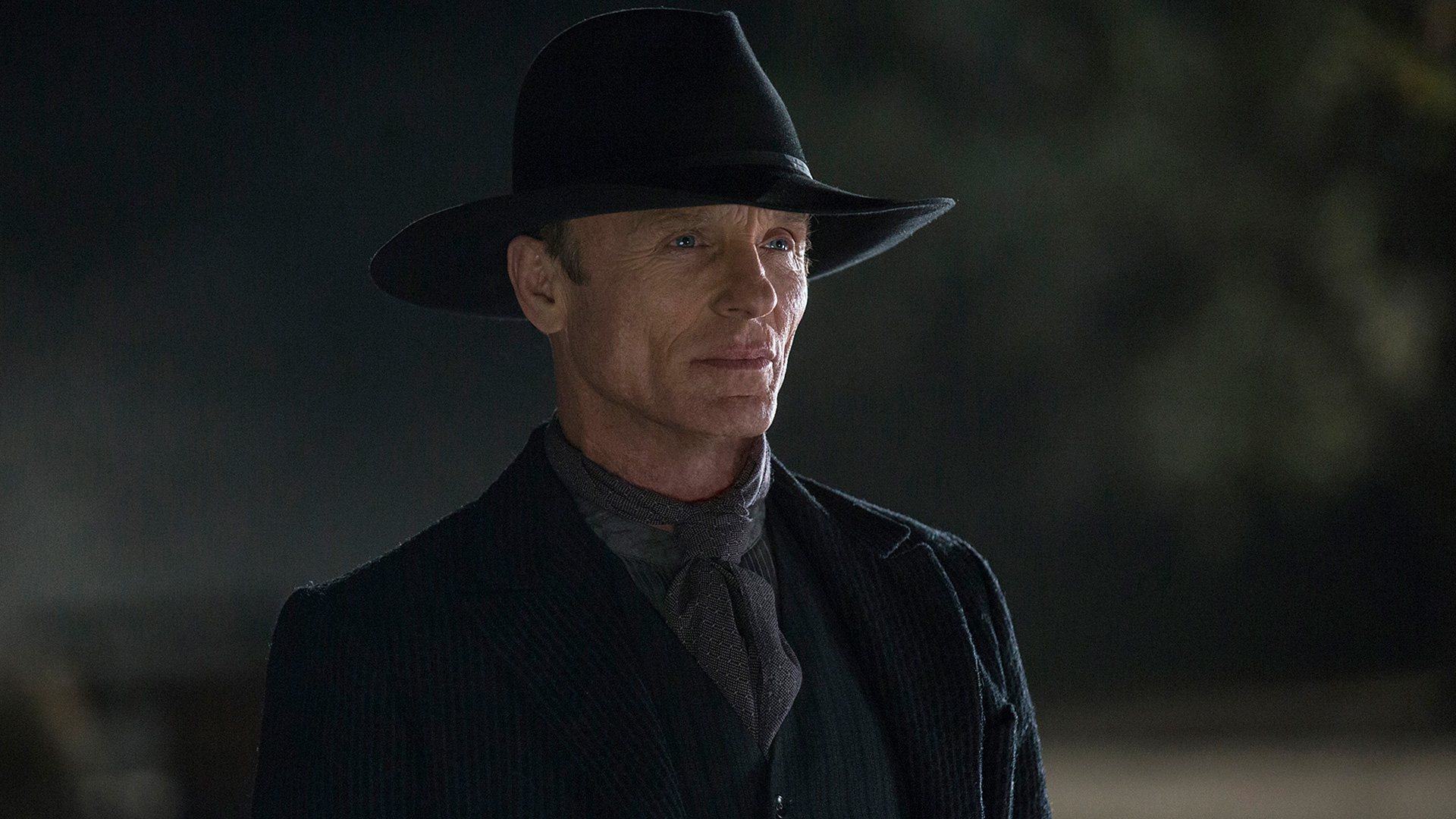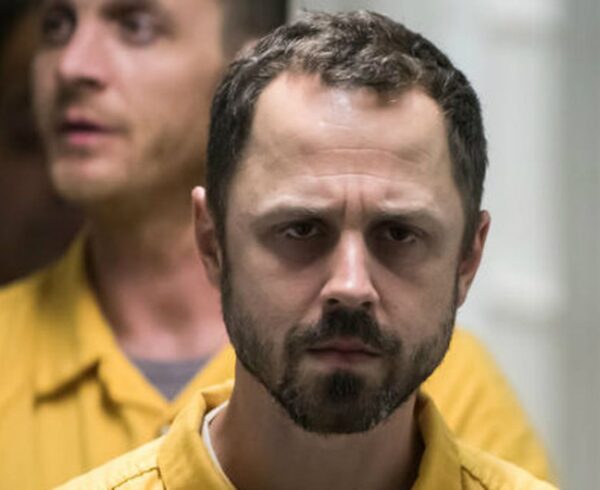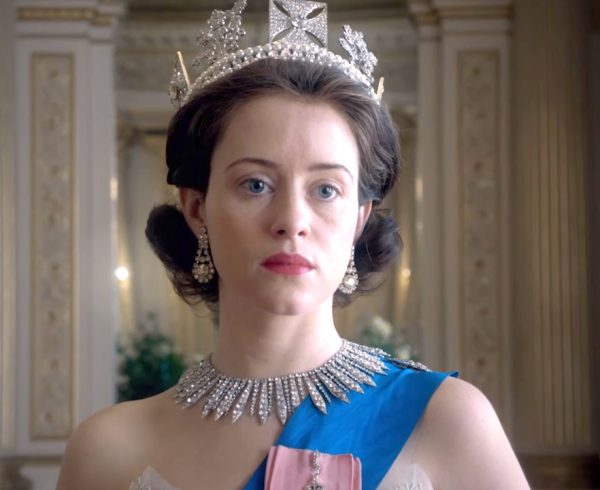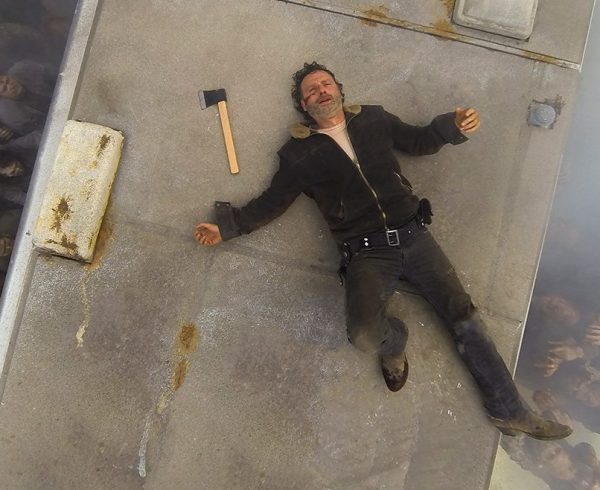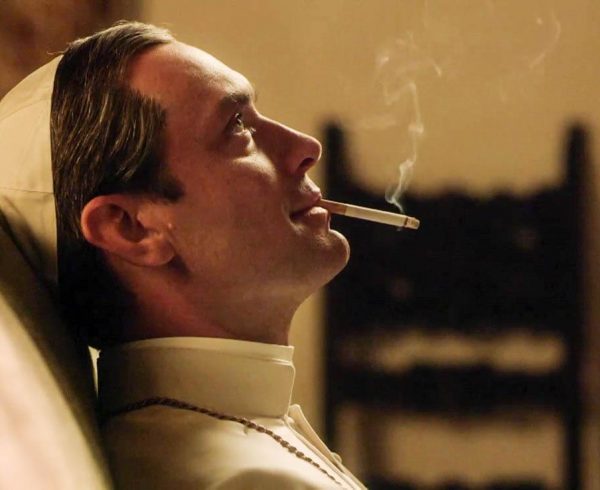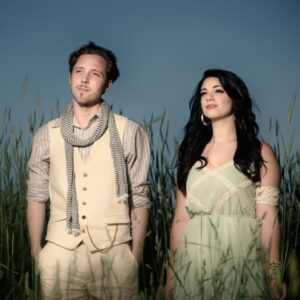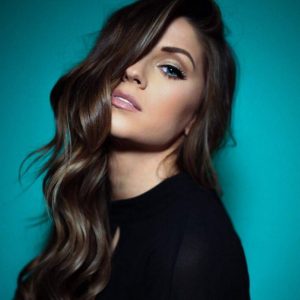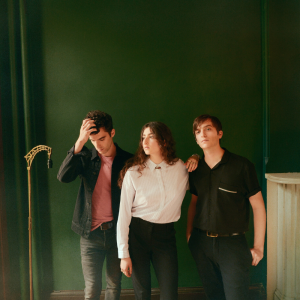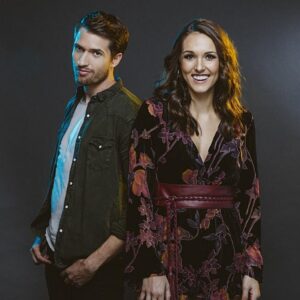If you haven’t yet had a chance, stop what you’re doing and watch Westworld. Both the film from 1973 and the new HBO series that is based on that film. The film will give you an added appreciation for the genius of Michael Crichton, as he wrote and directed Westworld years before he’d become the creative force behind the Jurassic Park franchise (clearly he suffered a bad Pirates of the Caribbean experience in his youth). You’ll also appreciate the seamless transition between the mustaches of the early 1970s and the mustaches of the 19th century in the western United States.
The new series on HBO, in contrast, helps to underscore the tidal shift in where originality and creative courage can be found in Hollywood. There was a time, not that long ago, when movies were for the sophisticates, and television was more pedestrian, for lack of a better word. Stories were neatly wrapped up in 30 or 60 minutes, and then you’d get another one the next week. For greater character exploration and a story with depth, you had to go to the movies.
Of course that isn’t the case anymore. If you want to see a re-make, a sequel, or a comic book come to life, you now go to the movie theater. If you want to experience the maturation of a compellingly flawed 1960s advertising executive, see a New Jersey mob boss take care of the ducks making a home in his swimming pool, or watch dragons, a dwarf, and an incestuous brother and sister fight for the Iron Throne, you turn on your television. Or laptop. Or iPad. Or whatever way you watch video that doesn’t involve going to a movie theater.
With all due respect to the 1950s, we are now living in the Golden Age of Television, and it isn’t even close. And the current incarnation of Westworld is another prime example of how today’s television is such a vast improvement on yesterday’s movies.
I imagine you know the conceit of Westworld. Futuristic theme park filled with robots playing all the expected authentic roles of life in the old west, and then something in their wiring goes terribly wrong.
In the 88 minute version in 1973, the evolution from fun time inside the saloon to chaos and mayhem and death in the streets in front of the saloon happens quite quickly. But in the new series it’s clear that the plan is for the malfunctions to take on a slow burn. And more than just a problem with the hard wires inside the robots, this time around it’s the artificial intelligence becoming self-aware, and even questioning its existence and the roles it has been forced to play inside the theme park world.
In the original film the gunfighters, bartenders, and women of ill repute were played in a very animatronic sort of way. Not unlike The Hall of Presidents at the Magic Kingdom. Whereas this time around they are far more like Haley Joel Osment in A.I. or the synths in the series Humans.
Because he was just a robot, Yul Brynner’s character in the film is quite one-dimensional. In fact, it left me wondering why someone of his calibre would take on such a stiff, and dare I say, boring role. In the series, Evan Rachel Wood, Thandie Newton, and James Marsden all play deeply emotive characters in spite of their status as non-humans. And then there is the mega-star power behind the two most important humans in the show, Ed Harris and Anthony Hopkins.
Oscar nominees jumping to series television really began after Glenn Close took a seasonal role on The Shield, and then became the series lead on Damages. And with Harris and Hopkins now making the transition, any lingering bits of a stigma about television being a lesser medium for actors is officially dead.
High concept television is riding high in 2016. And as is per usual, HBO continues to lead the way with its latest big budget offering, Westworld. Watch it, and watch it now.

